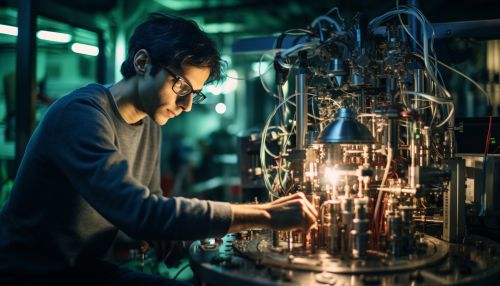Physics of Quantum Entanglement in Quantum Computing
Introduction
Quantum entanglement is a fundamental principle of quantum mechanics that underlies the operation of quantum computers. It describes a phenomenon where two or more particles become interconnected and the state of one particle immediately influences the state of the other, regardless of the distance separating them. This article explores the physics of quantum entanglement and its application in quantum computing.
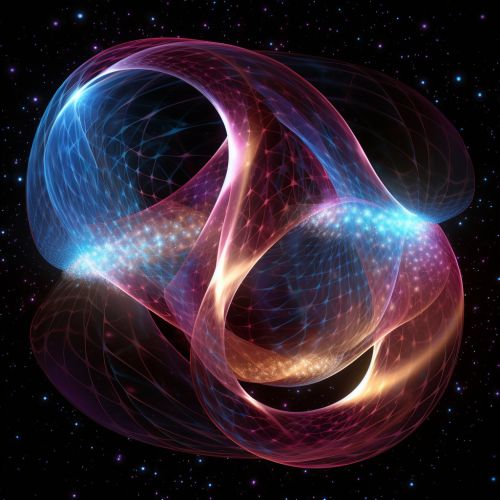

Quantum Entanglement
Quantum entanglement is a physical phenomenon that occurs when a pair or group of particles interact in ways such that the quantum state of each particle cannot be described independently of the state of the others, even when the particles are separated by a large distance. The phenomenon was first postulated by Einstein, Podolsky, and Rosen in 1935, in what is now known as the EPR paradox.
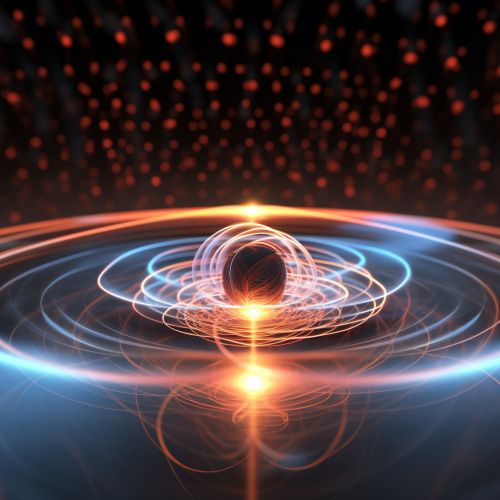
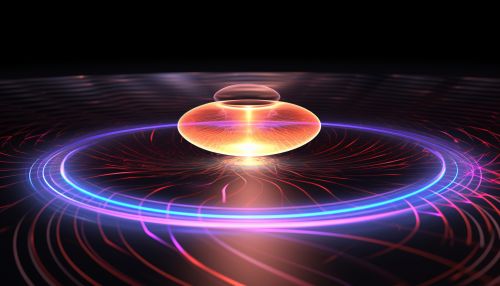
Quantum Superposition
Quantum superposition is a fundamental principle of quantum mechanics that holds that a physical system—such as an electron in an atom—can exist in multiple states simultaneously. However, when measured, it gives a result corresponding to only one of the possible configurations. This principle is a key component in understanding quantum entanglement, as the entangled particles are in a superposition of states.
Quantum Entanglement in Quantum Computing
Quantum entanglement plays a crucial role in quantum computing. Quantum computers use qubits, which are quantum versions of classical bits. Unlike classical bits, which can be either 0 or 1, qubits can be in a superposition of states, thanks to the principle of quantum superposition. When qubits become entangled, the state of one qubit is directly related to the state of the other, no matter how far apart they are. This allows quantum computers to process a vast number of computations simultaneously, providing them with their superior computational power compared to classical computers.
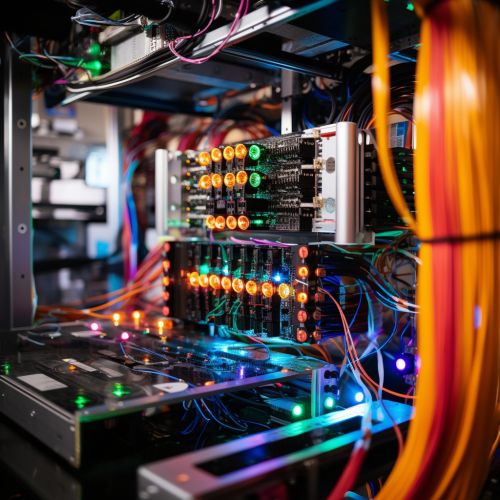
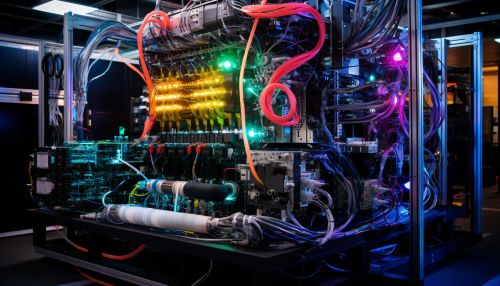
Quantum Algorithms and Entanglement
Quantum algorithms, such as Shor's algorithm for factoring large numbers and Grover's algorithm for searching unsorted databases, utilize quantum entanglement to achieve faster computation times than classical algorithms. These algorithms exploit the properties of entanglement to perform complex calculations more efficiently.
Challenges and Future Prospects
Despite the potential of quantum entanglement in quantum computing, there are still many challenges to be overcome. These include maintaining quantum coherence, dealing with quantum decoherence, and developing error correction techniques. However, ongoing research and development in this field hold promise for the future of quantum computing.

